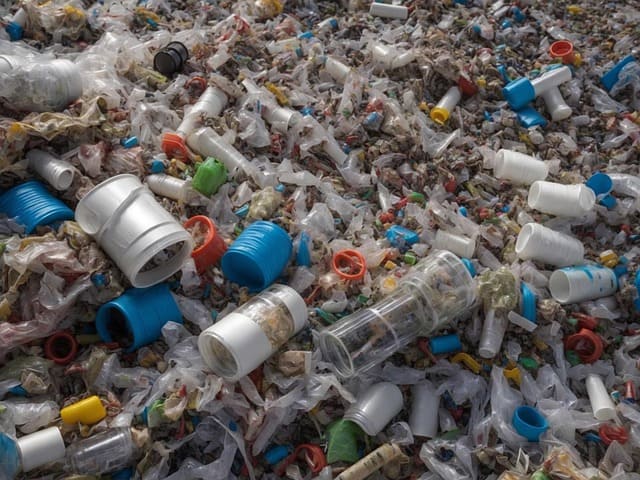Blister packaging-the clear plastic and foil shells used to protect everything from pills to electronics-has become ubiquitous. But while it’s effective at safeguarding products, this packaging format faces growing criticism. From environmental concerns to user frustration, let’s break down the key problems with blister packaging and explore modern alternatives.


1. Environmental Impact Section: Clarify Material Recycling Feasibility
- The claim that “most are made from PVC” is outdated-many manufacturers now favor PET or RPET, which are more recyclable. Consider refining this statement.
- Recycling is possible for PET-based blister packs, but the challenge lies in separating layers. You could mention existing industry efforts, such as mono-material blister packs, to provide a more balanced view.
2. User Unfriendliness Section: Not All Blisters Are Hard to Open
- Some modern blister packs have easy-open features, such as perforated edges, peelable foil backing, or tear notches. While many traditional ones are frustrating, innovations exist that mitigate “wrap rage.”


3. Hidden Costs for Businesses: Missing Cost-Benefit Consideration
- The section highlights costs but omits cost benefits of blister packaging, such as lightweight shipping, extended shelf life, and tamper-evidence – all of which reduce long-term expenses. Consider acknowledging this to avoid appearing one-sided.
4. One-Size-Fits-None Design: Some Flexibility Exists
- While custom tooling is costly, universal or adjustable blister designs do exist, especially for pharmaceuticals and electronics. You might clarify that traditional blister packs are rigid, but newer solutions allow for more adaptability.
5. Solutions Section: Add More Technical Details
- Plant-Based Materials: Specify which bioplastics you mean (PLA, PHA, or others?). Some bioplastics struggle with heat resistance or moisture barrier properties-it’d be good to acknowledge potential challenges.
- Modular Systems: Explain how these work-do you use adjustable molds or standardized sizes?


Overall Suggestions
- Add Sources/Stats: Cite industry data where possible (e.g., recycling rates, market adoption of sustainable alternatives).
- Balance the Argument: Highlight why blister packaging became so popular (protection, visibility, cost efficiency) before discussing its downsides.
- Refine Call-to-Action: Instead of just saying “Explore Blistera’s solutions,” consider reinforcing how Blistera’s approach solves both environmental and practical issues.
